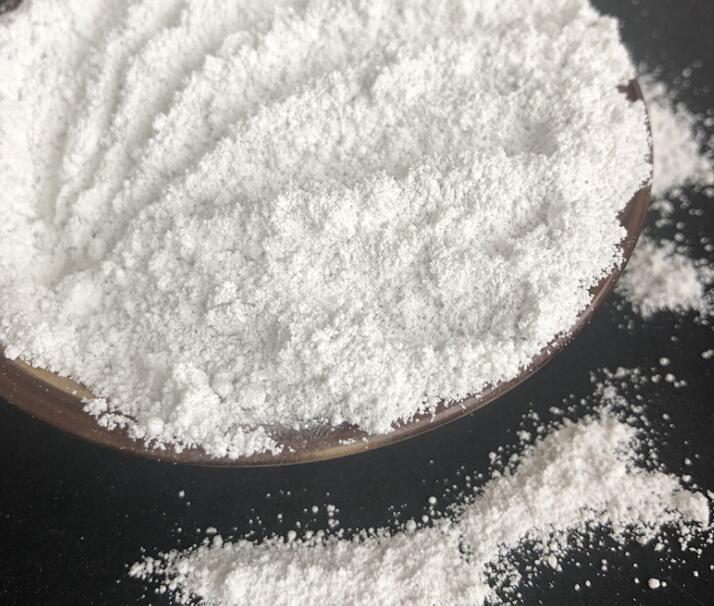Hydrothermal modification of magnesium hydroxide: a key technology to improve performance

In modern materials science, magnesium hydroxide (Mg(OH)2) has received widespread attention due to its excellent thermal stability and non-toxicity, especially playing an important role in the field of flame retardant materials. However, unmodified magnesium hydroxide suffers from poor dispersion and secondary agglomeration in practical applications, which limits its effective application in polymer materials. To overcome these challenges, hydrothermal modification technology emerged and became the key to improving the performance of magnesium hydroxide.
Principles and applications of hydrothermal modification technology
Hydrothermal modification is a chemical treatment process carried out under high temperature and high pressure conditions, which can significantly improve the crystal morphology, dispersion and surface properties of magnesium hydroxide. Through this method, the morphology of magnesium hydroxide can be precisely controlled, thereby improving its compatibility and dispersion in various materials and avoiding secondary agglomeration.
Modifier selection
The choice of modifier has a decisive impact on the performance of magnesium hydroxide. Studies have shown that stearic acid, as an effective modifier, can form a hydrophobic film on the surface of magnesium hydroxide and improve its dispersion in polymer materials. Experiments show that the optimal modification conditions are a modification time of 90 minutes, a modification temperature of 80°C, and a modifier dosage of 4%.
Characterization techniques
In order to comprehensively evaluate the modification effect, a series of advanced characterization techniques were applied to analyze the modified magnesium hydroxide. These technologies include:
Scanning electron microscope (SEM): used to observe the morphology and particle size distribution of magnesium hydroxide.
X-Ray Diffraction (XRD): Analyzes crystal structure and phase purity.
Laser Particle Size Analysis: Measures particle size distribution.
Nitrogen adsorption (BET): Determination of specific surface area and pore structure.
Infrared Spectroscopy (IR): Analyzes the interaction of modifiers with the magnesium hydroxide surface.
Application after modification
The application performance of modified magnesium hydroxide in polymer materials has been significantly improved. Especially in polypropylene (PP) and ethylene-vinyl acetate copolymer (EVA), modified magnesium hydroxide not only improves the flame retardant properties of the material, but also improves mechanical properties such as impact strength and tensile strength.








